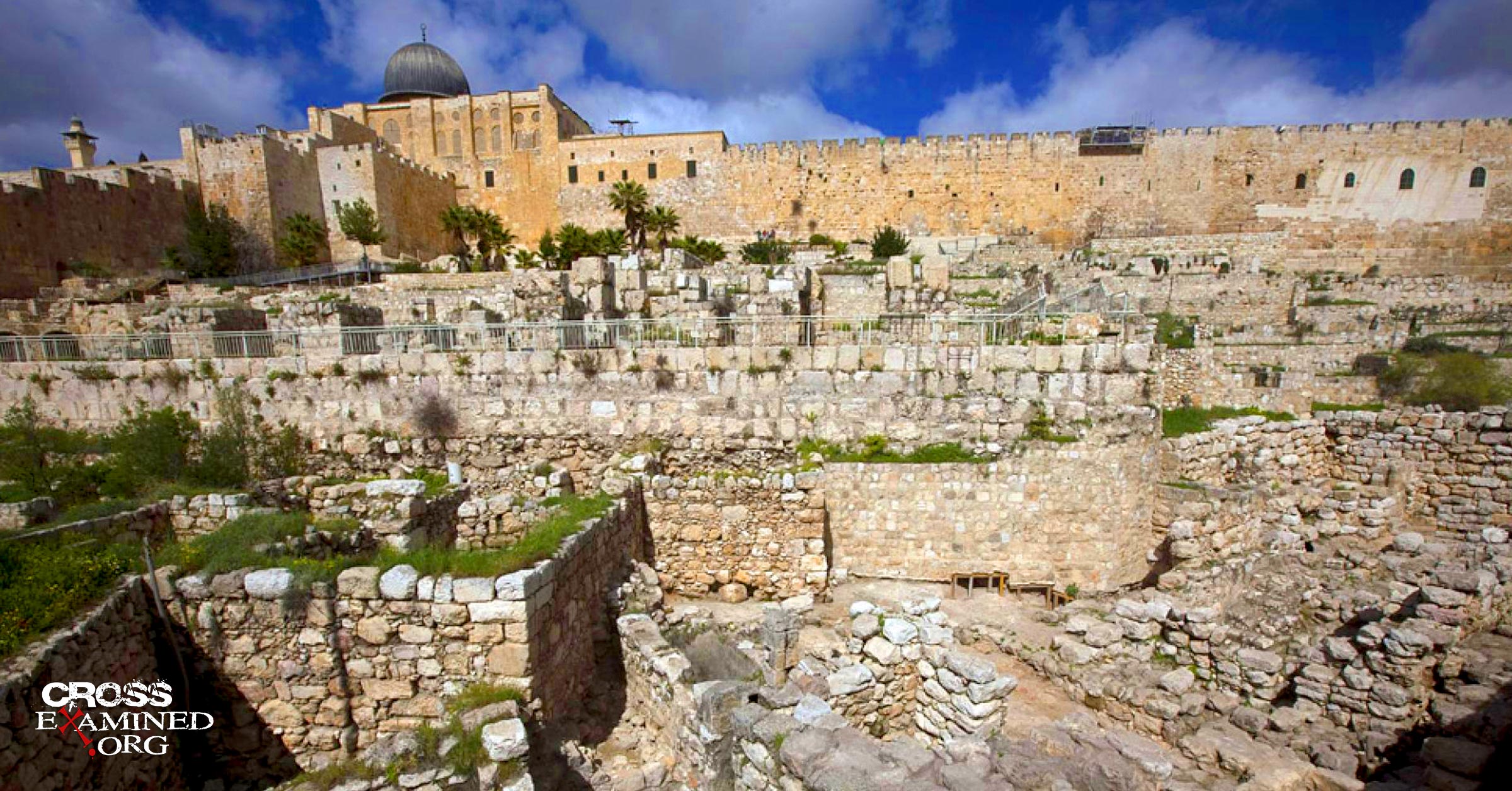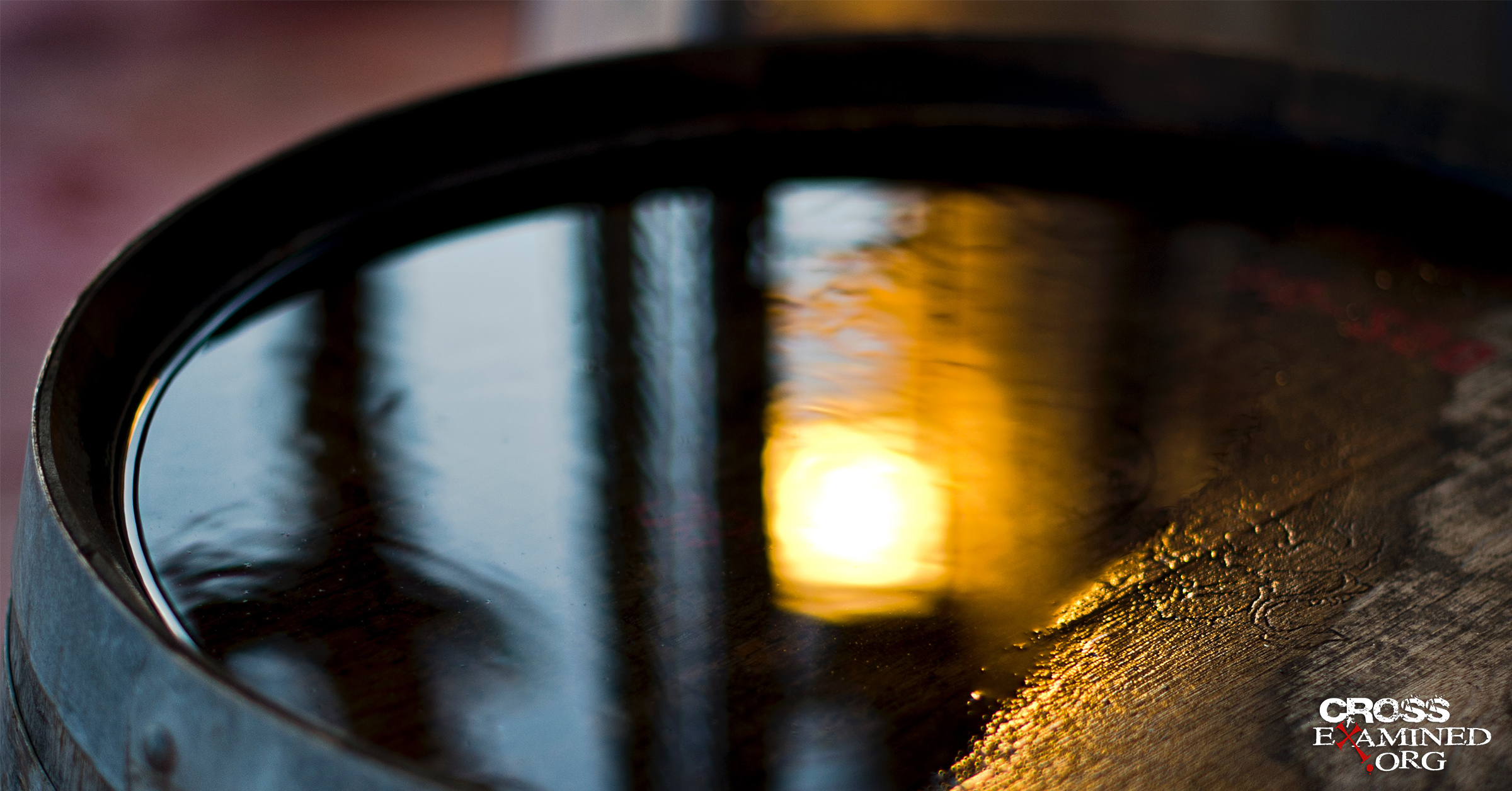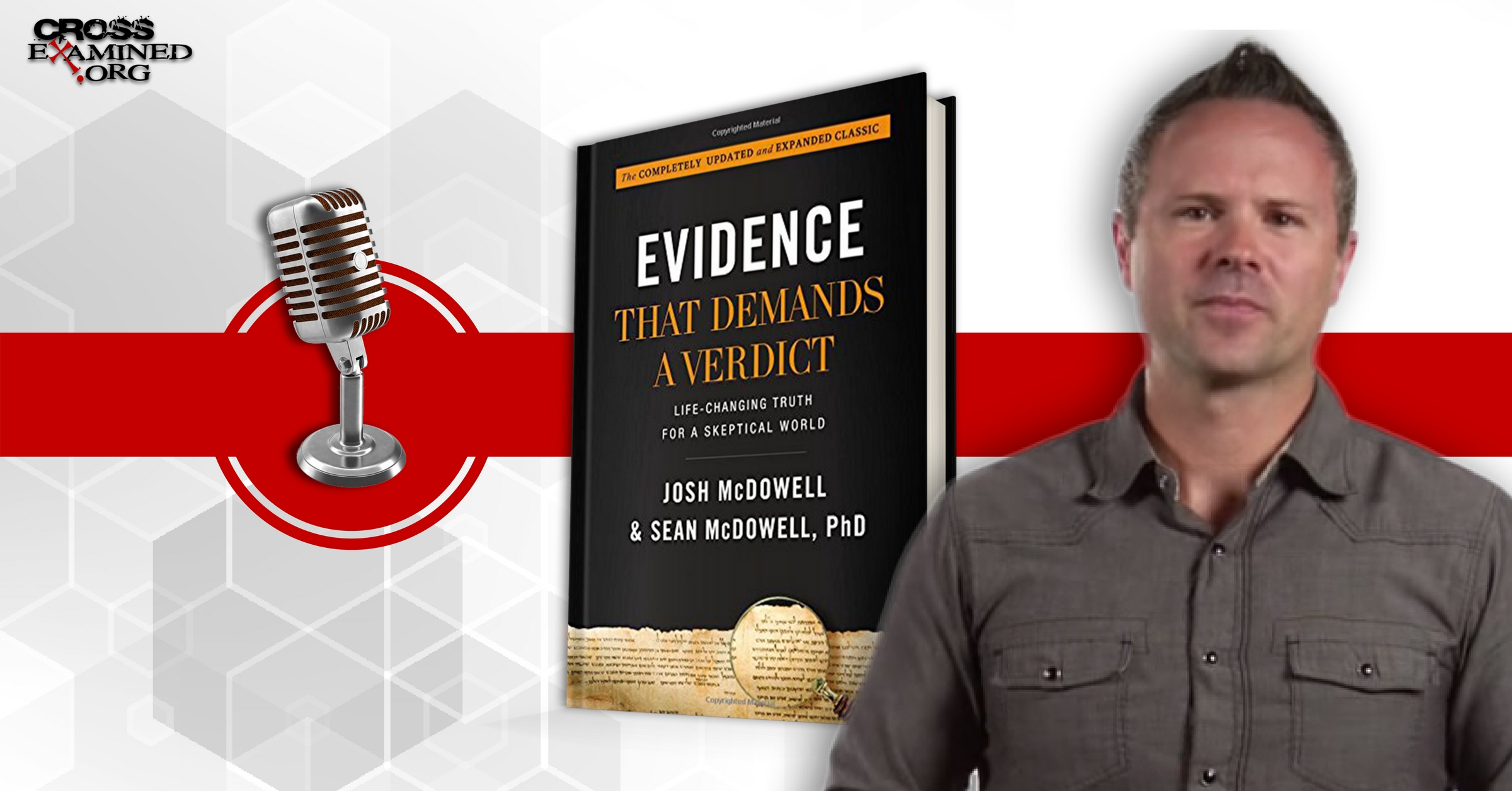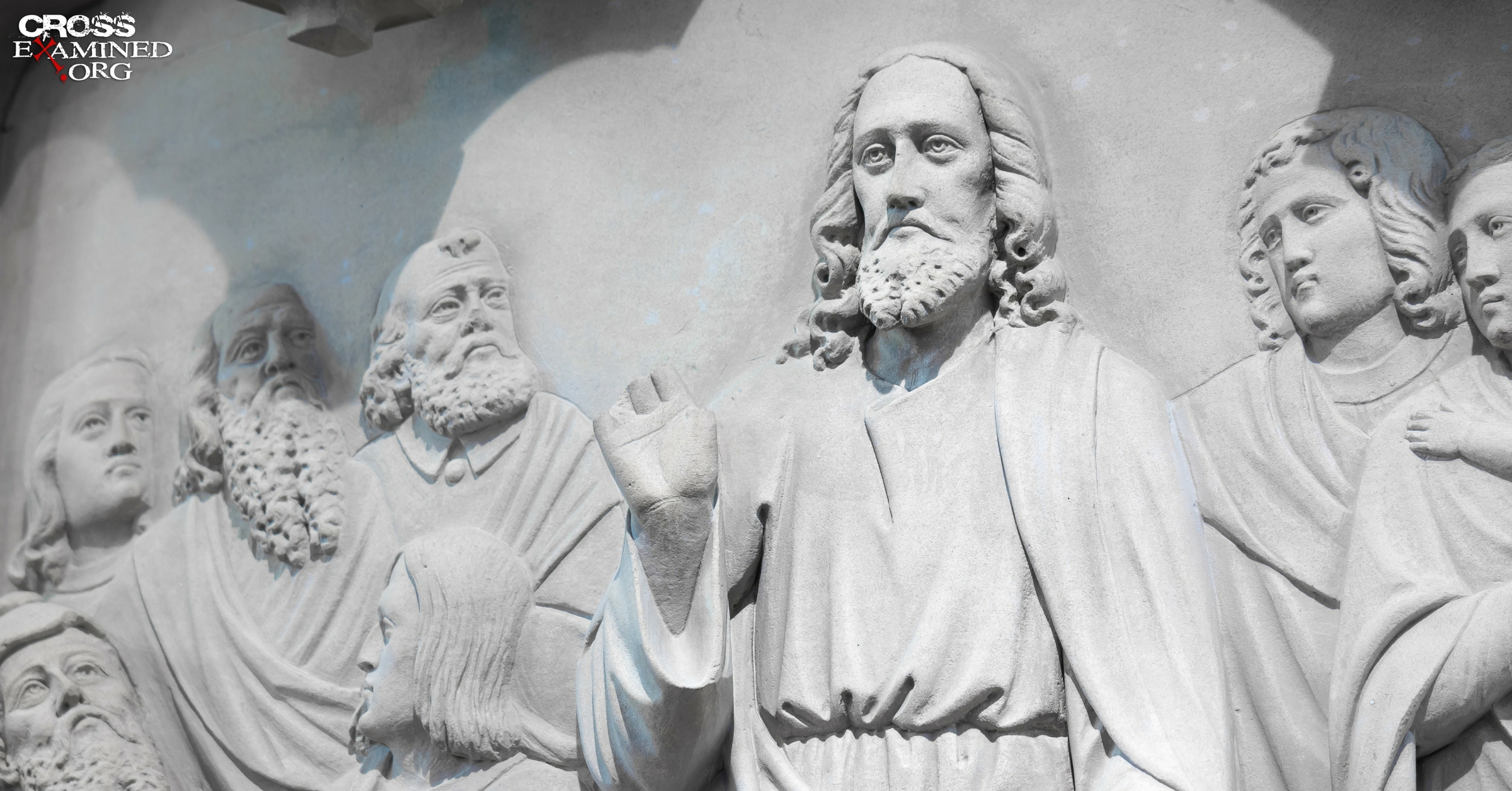In ancient wall, scholar sees proof for Bible
Back in 1993, archaeologists found an inscription in the Israeli town of Dan bearing the name of the Hebrew King David. This put to rest the theory that the David of the Bible was just a myth. Now at least one archaeologist is claiming that Jerusalem was fortified at the time of David lending further credence to the Bible’s account that David was indeed a King. Here is the AP article explaining her findings with the obligatory opinion of someone who disagrees:
JERUSALEM – An Israeli archaeologist said Monday that ancient fortifications recently excavated in Jerusalem date back 3,000 years to the time of King Solomon and support the biblical narrative about the era.
If the age of the wall is correct, the finding would be an indication that Jerusalem was home to a strong central government that had the resources and manpower needed to build massive fortifications in the 10th century B.C.
That’s a key point of dispute among scholars, because it would match the Bible’s account that the Hebrew kings David and Solomon ruled from Jerusalem around that time.
While some Holy Land archaeologists support that version of history — including the archaeologist behind the dig, Eilat Mazar — others posit that David’s monarchy was largely mythical and that there was no strong government to speak of in that era.
Speaking to reporters at the site Monday, Mazar, from the Hebrew University of Jerusalem, called her find “the most significant construction we have from First Temple days in Israel.”
“It means that at that time, the 10th century, in Jerusalem there was a regime capable of carrying out such construction,” she said.
Based on what she believes to be the age of the fortifications and their location, she suggested it was built by Solomon, David’s son, and mentioned in the Book of Kings.
The fortifications, including a monumental gatehouse and a 77-yard (70-meter) long section of an ancient wall, are located just outside the present-day walls of Jerusalem’s Old City, next to the holy compound known to Jews as the Temple Mount and to Muslims as the Noble Sanctuary. According to the Old Testament, it was Solomon who built the first Jewish Temple on the site.
That temple was destroyed by Babylonians, rebuilt, renovated by King Herod 2,000 years ago and then destroyed again by Roman legions in 70 A.D. The compound now houses two important Islamic buildings, the golden-capped Dome of the Rock and the Al-Aqsa mosque.
Archaeologists have excavated the fortifications in the past, first in the 1860s and most recently in the 1980s. But Mazar claimed her dig was the first complete excavation and the first to turn up strong evidence for the wall’s age: a large number of pottery shards, which archaeologists often use to figure out the age of findings.
Aren Maeir, an archaeology professor at Bar Ilan University near Tel Aviv, said he has yet to see evidence that the fortifications are as old as Mazar claims. There are remains from the 10th century in Jerusalem, he said, but proof of a strong, centralized kingdom at that time remains “tenuous.”
While some see the biblical account of the kingdom of David and Solomon as accurate and others reject it entirely, Maeir said the truth was likely somewhere in the middle.
“There’s a kernel of historicity in the story of the kingdom of David,” he said.










Leave a Reply
Want to join the discussion?Feel free to contribute!